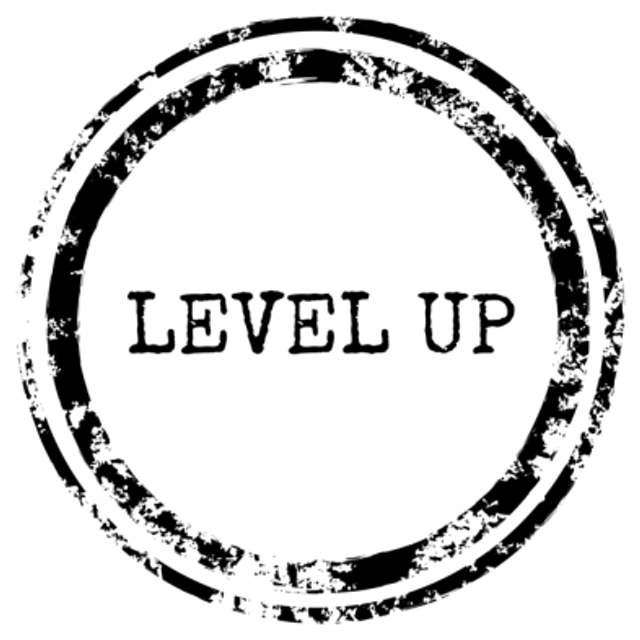D.I.R.T Display
- Victoria Hewett
- Feb 17, 2015
- 4 min read
One approach to marking that my school is keen on is the provision of constructive feedback and Directed Improvement and Reflection Time (DIRT).
I’ve always marked in detail, but in my previous school a large number of students would fail to read it and act upon it; Therefore it often felt like a waste of my time spending 3-4 hours marking a set of 30-36 books a night for it not to be read.
I was pleased to find that my new school was keen to use DIRT as a means of engaging learners in their progress and demonstrating their achievements over time. Since I’m planning the Schemes of Work from scratch it means I can ensure there is time within them to carry out DIRT within lessons.
This is how it works in the Humanities Department…
Assessments take place in the 2-3 weeks before the end of term due to data submission. This usually gives us time for one DIRT session before assessments. Usually pupils respond to feedback in their books, set personal targets and consider what skills they need to focus on for the rest of the term based upon the progress displayed on their level ladders. Time well spent however it is the week after assessments when DIRT really comes into play within my department.
During this week pupils spend almost an entire lesson self-assessing, peer assessing and responding to feedback surrounding an individual piece of work from the term, whether it be the assessment they completed or classwork from a previous point. They look at how to improve work and do it.
It is becoming evident that after 2 terms of this they are now applying their skills in the rest of the Humanities lessons. Considering what they need to do to improve and how they can progress, the level ladders are no longer a sheet on the front of their books telling them what skills and knowledge they need to meet their target level this term. They are referring to them in lessons, asking what they need to do to improve their work and considering where they are on the ladder.
It’s pleasing to see, particularly with one of the hardest year 8 class. Getting them involved in DIRT has been a struggle, but we are getting there. At the end of last term we spent an entire lesson looking at peer assessing a piece of work from another group. They boxed text that met success criteria, they highlighted key words and then gave kind, specific and helpful feedback. This helped them to work out what they need to do to get out of the level 3-4 brackets and in to level 5. I hope they will apply it to their work this term.
D.I.R.T Sheets
After the previous two terms I felt that I needed something to do two things:-
Firstly I wanted pupil’s responses and improvements to be more than a line or two. Secondly I wanted something to make the improvements pupils made to their work stand out.
…so I created and introduced these D.I.R.T sheets.


I have to say I’ve been flabbergasted at the response from students and staff. They have made such a difference to the effort put into improving classwork during D.I.R.T during term 3. A few misinterpreted the instructions and literally wrote what they needed to do to improve rather than doing it, but we can work on that.
Whilst after seeing my Levelling Up strategy my during a work scrutiny, my line manager asked me to share my D.I.R.T sheets and Level Up idea with staff. They’ve been very complimentary of it and I’ve even witnessed a number of teachers using it in their classrooms. It’s weird to see but great because as a school we have a consistent approach.
Levelling Up
I came up with the idea of “Levelling Up” over Christmas. Prior to that I had been writing questions in pupils books that would encourage them to work at their expected level for the current Progress Point if they weren’t doing so. I found however that pupils were not answering these questions in full sentences or to the best of their ability. So I decided to start using “Levelling Up”.
Last term in order to do this I looked at the level ladders and printed off a question or task that would help students meet their expected target grades. Based upon the work in their book I decided on an appropriate Level Up task and glued it in. Those that had one of these tasks or questions in their book had to work on it during the mid-term D.I.R.T session.
If pupils were meeting or exceeding their expected progress point grade then they had a choice of tasks such as improving their spelling, punctuation and grammar (SPaG) in a piece of work, generally just improving an answer they’ve written or they could choose a piece of criteria from their level ladder to level up further.

D.I.R.T Display
I created a D.I.R.T display with two things in mind,
One – I want to show off excellent examples of the pupil’s work to demonstrate to the rest what I am looking for from self-assessment, peer-assessment and D.I.R.T. Two – We are expecting the dreaded Ofsted any time soon, so I wanted to make it explicit to anyone that walks into the room that pupils respond and improve based upon feedback in my classroom. You know, just in case.

I created these pieces for display over the half term and have used them in a number of PowerPoints and resources I’ve created for next term. Once I am comfortable that the pupils understand their meanings and purpose within a lesson I’ll share them with other members of staff.




Do you have D.I.R.T display? Would love to see it.
Hope this is of inspiration.

コメント